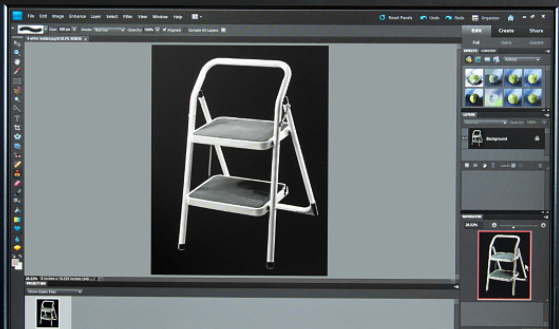Five Recommended Photo Editing Software You Should Know
People without photography expertise are also familiar with some photo editing software. The most popular one is always Adobe, which is accessible to everyone. Adobe has some of its best photo retouching applications in its portfolio. You can still find more photo retouching applications equipped with powerful tools. It can create convincing effects, allowing photographers to create innovative photographic results. Besides, you can do some research on the internet for more information about photo editing software.

This article lists the best photo-editing programs that could help professional photographers and companies get the most out of photography.
Adobe Photoshop CC
Photoshop is updated regularly and can be used by professional image editors to apply masking and overlay effects to complex images. The program does not offer an animated brochure tutorial that shows how to use various tools but does not include plans for cataloging and navigating images. Especially the subscription version of Photoshop is not the one that many people like.
 Secondly, if a person wants to start a raw photoshoot, they have to experience Adobe Camera Raw originally, which is a boring process. Photoshop does not encourage clients to organize their photos and need another program to do the job. Photoshop is an excellent program for illustrators, videographers, designers, artists, and musicians, but it has specific photography tools. So, if you are interested in supporting photo enhancement, it might not be ideal for you.
Secondly, if a person wants to start a raw photoshoot, they have to experience Adobe Camera Raw originally, which is a boring process. Photoshop does not encourage clients to organize their photos and need another program to do the job. Photoshop is an excellent program for illustrators, videographers, designers, artists, and musicians, but it has specific photography tools. So, if you are interested in supporting photo enhancement, it might not be ideal for you.
Adobe Lightroom
It is best known for its cataloging, mobile synchronization, and raw image editing capabilities. If you are looking to complete your image enhancement project, you should use Lightroom. The Lightroom Classic version supports the regular desktop, while the optimized Lightroom CC version allows you to save. Lightroom has a large library of free presets, and, with the traditional version, you can use presets with a single click in a fraction of a minute.
Affinity Photo 1.8
Affinity Photo 1.8 is very similar to Photoshop in terms of functionality, but is slightly cheaper than Photoshop and is not based on the subscription model. Like Photoshop, it is a powerful image editing program that doesn’t have some cataloging tools. You can talk to Affinity Picture as if it were an old school photo editor with powerful tools to retouch, clone, and recover images. It also has an automatic object removal tool and a focus tracking tool, and another workspace for editing sharpening effects on localized images.
PhaseOne Capture One Pro 20
This photo editing program is expensive, but it has some really powerful features to support editing raw images along with layer-based editing. It has excellent quality tools for binding and cataloging images used in the same way as Lightroom’s cataloging function. The application’s customizable tabs also allow users to make all changes in a single window. With the layer-based fine-tuning system, you can modify the changes you use in your work. You can edit the linear and radial gradient masks. The revised versions look smoother and thinner than the results created with the Lightroom tools. This version is best known for its HDR software and the ability to improvise color editing.
DxO PhotoLab
DxO PhotoLab is the updated version of DxO Optics Pro and includes more advanced alternatives for image processing. The new PhotoLab window allows you to navigate image folders, perform installation operations, and perform basic filtering tasks. Together with PhotoLab, it enables you to create first-class image variations. However, you’ll need to invest in the Elite economy version to use the denoise PRIME and ClearView Plus functions. Secondly, you’ll need to install the DxO ViewPoint plug-in to make display corrections.

